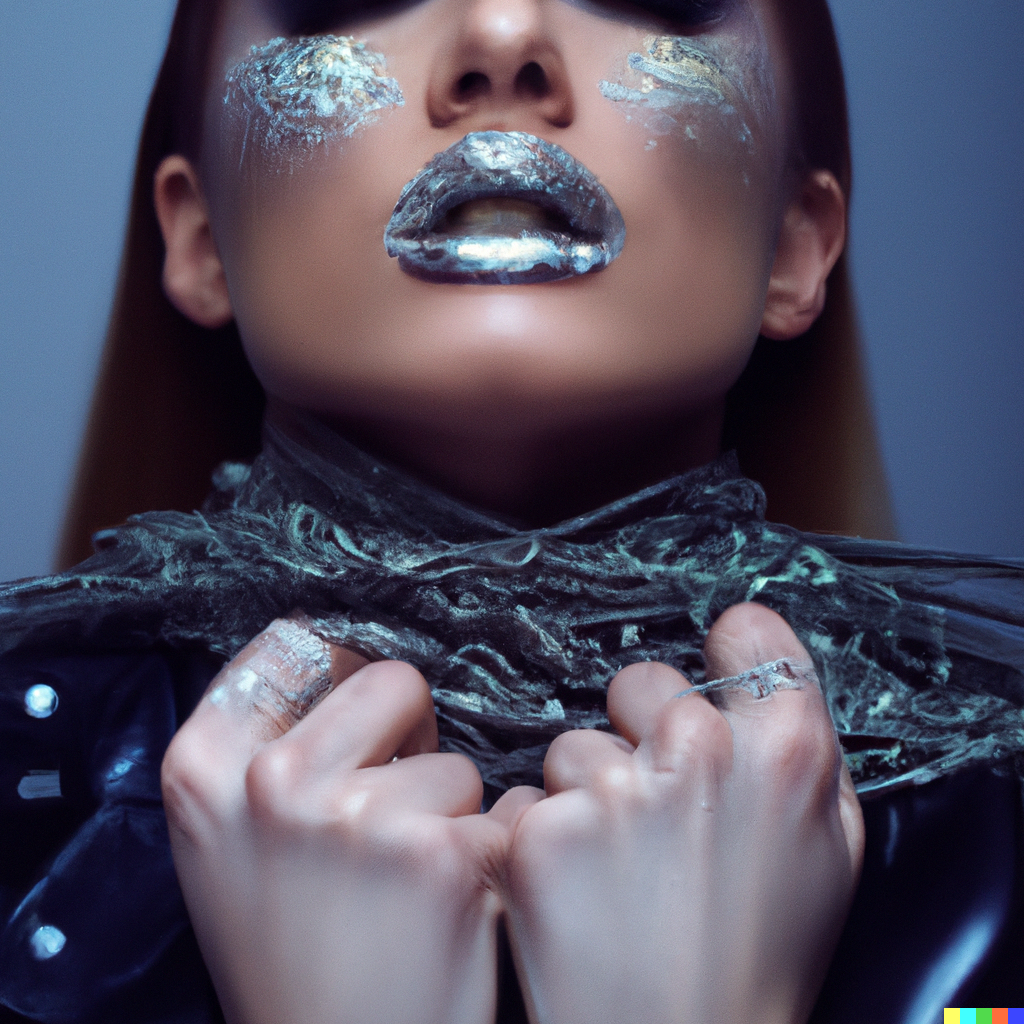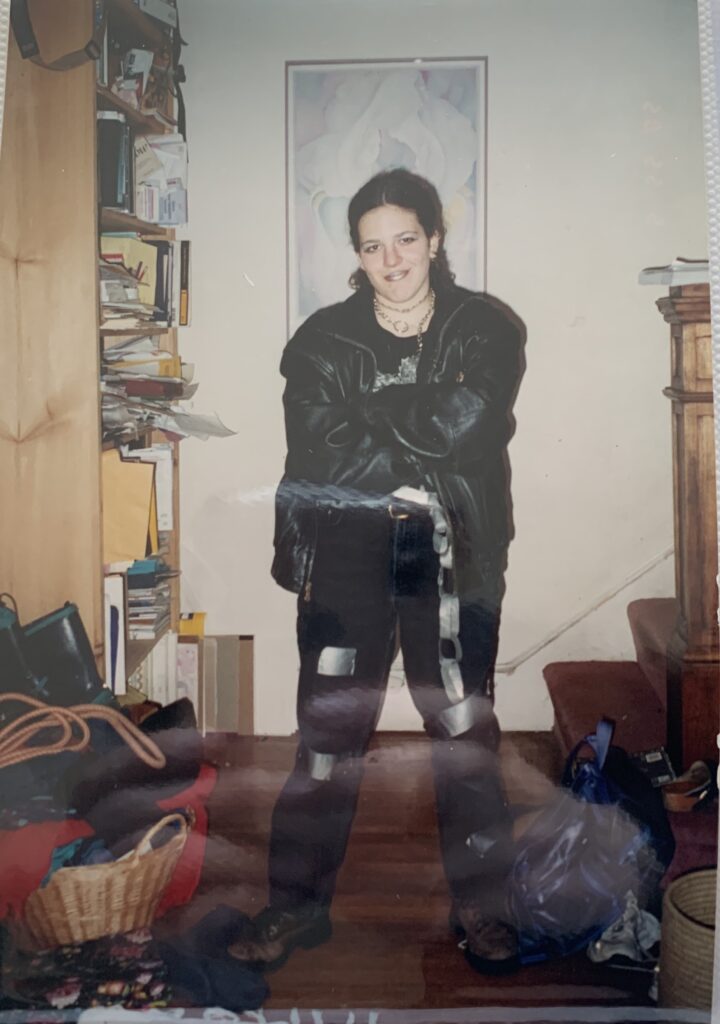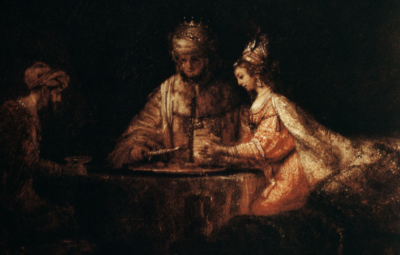
Rabbi Emily Cohen (RRC '18)
Spiritual Leader of West End Synagogue
Let me explain. Like many Jews, my earliest memories of Purim are of dressing in costume, going to the Purim carnival and eating lots of candy. My parents have pictures of me as a toddler in a little fuchsia dress with a paper crown, clearly dressed as Queen Esther. At the JCC, where my Jewish education began, my class was entirely made up of Esthers and Mordechais, each of us the (binary-conforming) hero of the Purim story.
To be honest, I don’t remember how old I was when I decided I was done playing the good guy. All I know is that, certainly by early elementary school, I’d traded my dress and tiara for a face-paint twirly mustache and the most dramatic hat I could find in the costume bin.

Being Haman — the decided bad guy of the Purim narrative — wasn’t entirely in character for me. When I played pretend, I was generally drawn to the self-assured protagonist, which meant a lot of Peter Pan, Robin Hood and very occasional Disney Princesses (occasional since most princesses were in the business of needing to be rescued at some point along the way, and that wasn’t my thing). I don’t know why I decided Esther was out and Haman was in. Maybe it was my early need to differentiate myself from the other kids. Maybe it was my “tomboyish” (we’re talking 1990s’ Virginia) desire not to dress femme. Maybe it was just the fact that I thought that three-cornered hats were the coolest accessory since the tricycle. Whatever the reason, I spent years dressing as Haman. I still played games at the Purim carnival with gusto, and during the schpiel, I still wanted Haman to lose and the Jews to triumph, but I wanted to dress up like the bad guy.
Then one year, I didn’t. When I was an early teen, my friends and I decided to do a group costume. My friend Rachel was “Diva Esther” with a tight pink skirt and frilly top, my friend David was “Preppy Mordechai” wearing a polo and sweater tied around his neck, and I

was “Punk Vashti” with a borrowed leather jacket, duct-tape chains and silver lipstick. While I wish I could say that my costume idea came from a nuanced understanding of Queen Vashti’s approach to disrupting authority, the truth is that I wasn’t a huge Vashti fan at that point. In the synagogue where I grew up, Vashti was treated as a throwaway character useful only for the set-up of Esther’s rise to influence. I didn’t think of her as brave for standing up for herself — if anything, the way I learned the story painted her as foolish for refusing
the king’s request. In the years since, I’ve learned to treat Esther and Vashti as two sides to the same coin, with Vashti standing up for her dignity despite the cost and Esther compromising her dignity in order to stand up for her people.
No, I think being “Punk Vashti” was mostly about manifesting who I wanted to be — a girl, but not a girly girl. A girl in oversized black jeans and hiking boots, but also lipstick. A girl whose queen costume looked much more like a Haman costume than an Esther one. A girl who took up space, who challenged norms, who refused to be boxed in. On that Purim, I felt completely safe being that girl. I felt safe because I was accompanied by friends and by a culture that told me it was OK (expected, even) to dress differently for a day, to push boundaries. “Punk Vashti” broke me free of the binary that my years as Esther, and then Haman, boxed me into.
In the years since, I’ve learned to treat Esther and Vashti as two sides to the same coin, with Vashti standing up for her dignity despite the cost and Esther compromising her dignity in order to stand up for her people.
Rabbi Emily Cohen (RRC '18) Tweet
In the years since, I’ve worn a number of Purim costumes, none of them particularly binary-conforming, but there’s one that stands out, worn my first Purim as a rabbi.
That year, I wore a teal tank top with rainbow tzitzit tied to the corners, silver sequined leggings, velvet high-heeled boots, a women’s blazer and a black hat. I put most of my hair up under the hat but allowed two curls to tumble down as peyot, and then I doused myself in glitter. Across the tank top, I’d penned (or rather, Sharpied) “Ask A Rabbi.” Not that kind of rabbi — the one you might see stereotyped in movies with a thick beard and long black coat. My kind of rabbi. A rabbi, but not a male rabbi. A rabbi in dramatic makeup and high heels and sparkly clothes. A rabbi who takes up space, who challenges norms, who refuses to be boxed in. On that Purim, I felt completely safe being that rabbi. Every Purim, may we all feel safe in expressing who we are.
Of course, being ourselves cannot be an excuse for appropriation. Purim has gotten negative attention — and rightfully so — for its use by some as a complete costume free-for-all, with people dressing in ways that ridicule or minimize the lived experiences of others.
But I’m also grateful to Purim for the opportunity it offers us to express ourselves more fully than we might in our day-to-day lives. Whether we dress as a queen, Haman, Punk Vashti or a Teenage Mutant Ninja Turtle, on Purim we all get to let our hidden selves shine.











